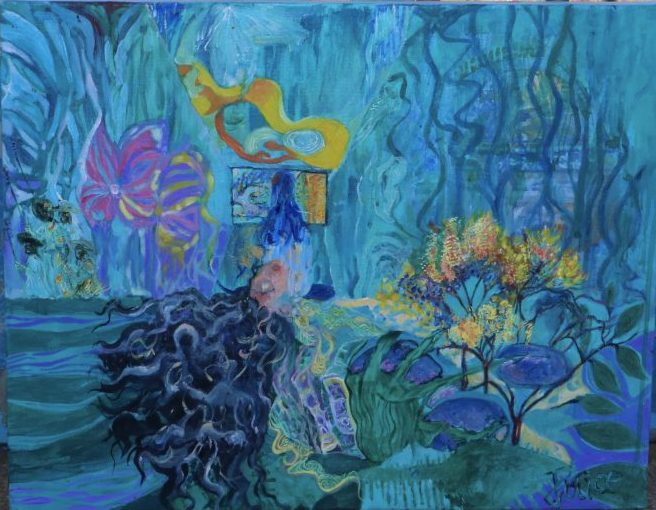Portfolio WEEK5 Carrie Giunta
Carrie Giunta is an associate lecturerin Philosophy at Central Saint Martins, University of the Arts London. She teaches on the MRes Art: Theory and Philosophy postgraduate course, which is part of the Fine Art Programme and she is an incoming associate lecturer at the University for the Creative Arts. Carrie holds a doctorate in Philosophy from the University of Dundee. In 2016, she co-edited the book Nancy and Visual Culture (Edinburgh University Press). She is a member of the Society for Women in Philosophy UK, the Society for Women in Philosophy Italia and the Society for French Studies. She is a mentor in Media Production at Bournemouth University. Between 1995 and 2009 she worked as a sound editor and was part of the BAFTA-winning sound team on Casino Royale.


The problem of listening
A culture intoxicated by the effectiveness of its own ‘saying’ and increasingly incapable of paying heed.
”He listen to himself with other.“Description of Chaplin
Guerrilla Foley (Taking part in irregular location recording)
“never mind the words”
Honestly, I do have a mixing feeling of her. I think her work were great and her sound designs were brilliant, more, I was also doing my own research on silent film:
According to ‘Stars of the Silent Film Era’, Chaplin was the first true film star, and he managed to do so even when films were still silent. He has been honoured with too many awards to count, and his name remains instantly recognizable in Silent Comedy Era. Even today, Chaplin’s films are arguably more recognizable than those of perhaps any other actor or director; everyone is familiar with the famous “Tramp” costume and persona, and even the casual film enthusiast has likely seen films such as City Lights (1931) and Modern Times (1936). In “Modern Times,” Chaplin bids farewell to silent film, a medium he pioneered and developed into a significant art form during the twentieth century. Despite minimal dialogue, the film can be considered a sound production. The sound design and musical composition predominantly florists Chaplin’s musical score and sound effects, including a memorable gibberish song performed by the Tramp. This particular performance represents the sole instance in which the Tramp speaks. Initially, Chaplin resisted the transition to talking pictures due to the Tramp’s silent nature, which allowed him to be understood worldwide. However, through the ingenious use of the gibberish song, Chaplin conveys that verbal communication in any single language lacks meaning in other languages while simultaneously enabling the Tramp to “speak” in a universally comprehensible manner. Consequently, “Modern Times” becomes the Tramp’s final appearance, as Chaplin bids farewell to the character. The film endures as one of Chaplin’s greatest and most timeless works, thanks to its universal themes and comedic inventiveness. Furthermore, it pays homage to the immortal Tramp character and the silent era that Chaplin dominated. The success of ‘Modern Times’. The story of Chaplin’s success is the story of the cinema itself—an accidental art that lifts the infinitesimal to the infinite, that sees through modest situations to capture and exalt the essence of the character. “Modern Times” boasts Chaplin’s finest music score. His most recognizable and commercially viable song, “Smile,” emerged from a melody he used in “Modern Times.” “Smile,” with a completed structure and lyrics, was created to promote the “Modern Times” reissue in 1954.
Well, and I do believe there is no much point to ask her the way thinking AI could do the same thing as human as a sound designer. But I do found her mindset is very commercial, like the way she interpreting on every profession sound design kind of does the same thing,,, And her lesson was not so engaging of watching a very long silent film… I have no idea on if I do haver her on my portfolio, how creative I could work with her… I believe she is a great listener and a brilliant sound designer…
Well but what’s the difference between a sound designer and a sound artist? What’s the difference between a skilful technician and a non-skill artist?
I doubt I am not sure though.
